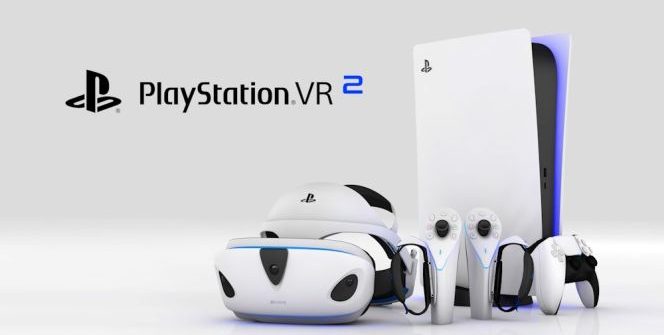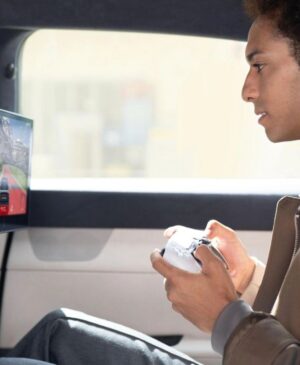Machine learning upscaling technology could likely be introduced in the future on Sony’s console, the PlayStation 5, which launched almost a year ago and on its VR headset, which has been announced but is still in development.
The patent was registered in April and published in late October. The title alone is suspicious: “Computer-Implemented Method for Completing an Image”, and it claims that machine learning will be able to create “masks” on any image to reveal some segments and obscure others because it can modify the elements needed or “fill in” areas created by incomplete or corrupt data with the processes. Through machine learning, the hardware would be less overloaded, and thus higher resolutions (say 8K) could be achieved without the time or resources needed for processes.
Virtual reality is mentioned several times in the patent (“much less computer power without sacrificing image quality where it is needed most for maintaining user comfort and immersion”), as VR headsets need to sharpen two separate displays close to the user’s eyes and run at higher frame rates, which means no shortage of load. It could scale up the resolution in real-time without performance degradation in the previous generation (2016) PlayStation VR and 2D PlayStation 5 games. It’s similar to Nvidia’s DLSS (Deep Learning Super Sampling) technology found in its modern graphics cards…
GamesRadar pointed out that the patent comes from Andy Bigos, who is Sony’s senior principal engineer. On his LinkedIn, we read that he is “working on applying machine learning and neural rendering to real-time graphics on the PlayStation 5”. It’s, therefore, safe to say that this technology is being developed for PlayStation 5 as well as for the as-yet-unnamed PlayStation VR 2.
All of this is not yet official… but it mostly is. Will Sony use it? There’s a good chance it will.
Source: PSL
















Leave a Reply